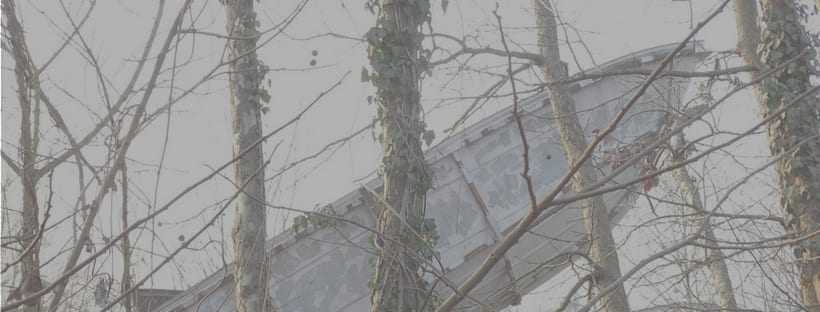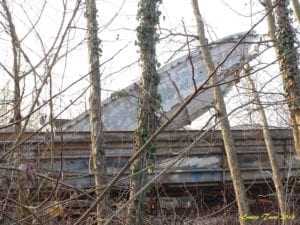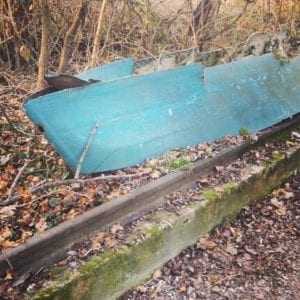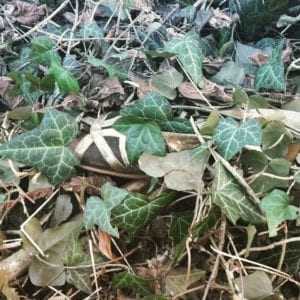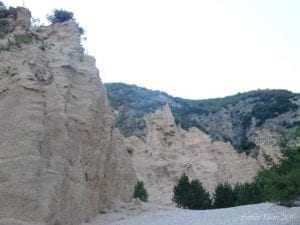Il Sile è un fiume particolare, è un fiume di risorgiva che “spunta” dal profondo del terreno con polle di acqua limpida e vitale chiamate “Fontanassi”.
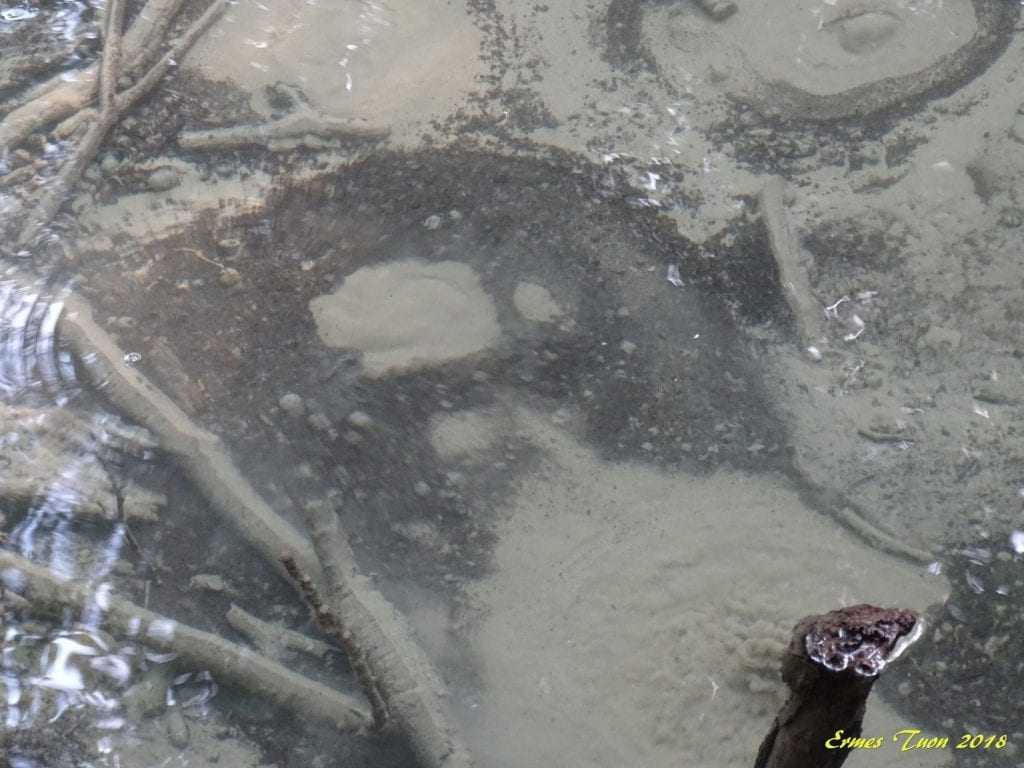
Si può conoscere il Sile in due modi: dentro l’acqua, in canoa o piccole imbarcazioni, oppure a piedi o in bicicletta. Da parte nostra abbiamo iniziato a mappare due sentieri (in fondo alla pagina i due virtual tour) accessibili per la maggior parte dei tratti anche a disabili, e a esplorare, di conseguenza, la natura che ci circonda. Il primo sentiero, da dove nasce, anzi “spunta” il Sile, è La Porta dell’Acqua situata nelle vicinanze del Gran Bosco dei Fontanassi. E’ un sentiero meno frequentato rispetto al secondo “Il Cimitero dei Burci” ma, proprio perché meno frequentato, molto più rilassante.
Indubbiamente i Burci sono affascinanti, le carcasse che affiorano a pelo d’acqua, testimonianze di un’epoca “lenta” che non c’è più, l’accessibilità del percorso, richiamano molte persone, però con la bella stagione ce ne sono fin troppe. Sfortunatamente (o fortunatamente, dipende dai punti di vista) la domenica e nel periodo estivo sembra di essere in centro città. Ci sono volute ore per mappare il sentiero. Meglio l’inverno.
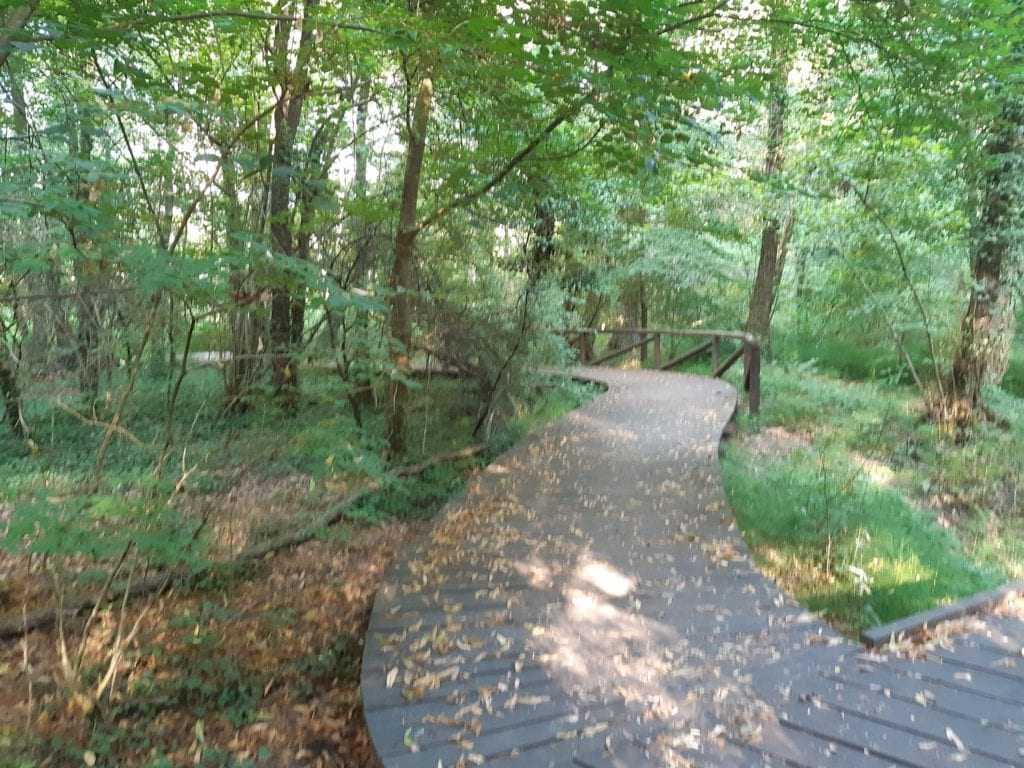
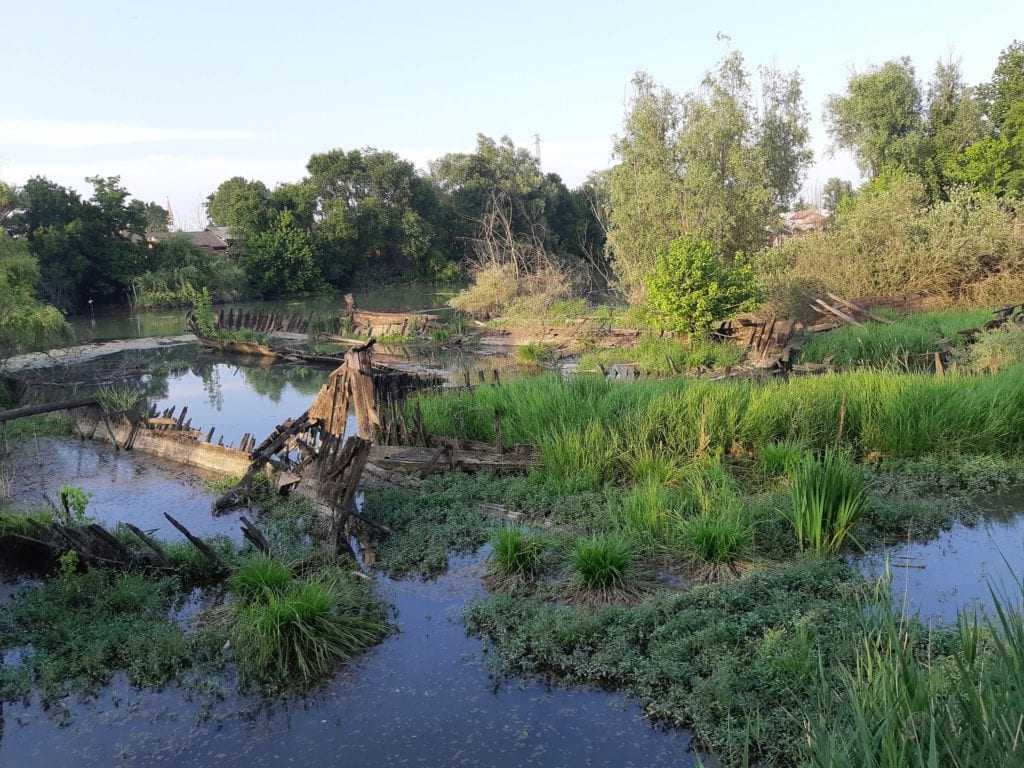
L’umidità
Nel periodo estivo la natura è lussureggiante, c’è molto verde e una gran varietà di fiori. Ci ho riflettuto un attimo e ho cercato di rispondere alla domanda “perché venire qui e non altrove?” cosa posso trovare di particolare da raccontare? La risposta mi è arrivata dall’umidità. Ebbene sì, proprio l’umidità della Pianura Padana che tante volte fa deprimere con questi suoi cieli mai, o raramente, del tutto azzurri.
E’ stato surreale scoprire che nell’ultimo periodo, in cui ho frequentato altri luoghi, mi è mancata l’umidità (normalmente detestata) che ti fa provare la sensazione fisica di “attraversare” un luogo come se si nuotasse metaforicamente attraverso un’acqua impalpabile, che però si fa sentire e rende un po’ affannoso il respiro. In estate il verde che ti circonda è molto carico ma secondo me si può capire completamente questo ambiente di terra e acqua soprattutto in autunno e inverno. Con la nebbia…
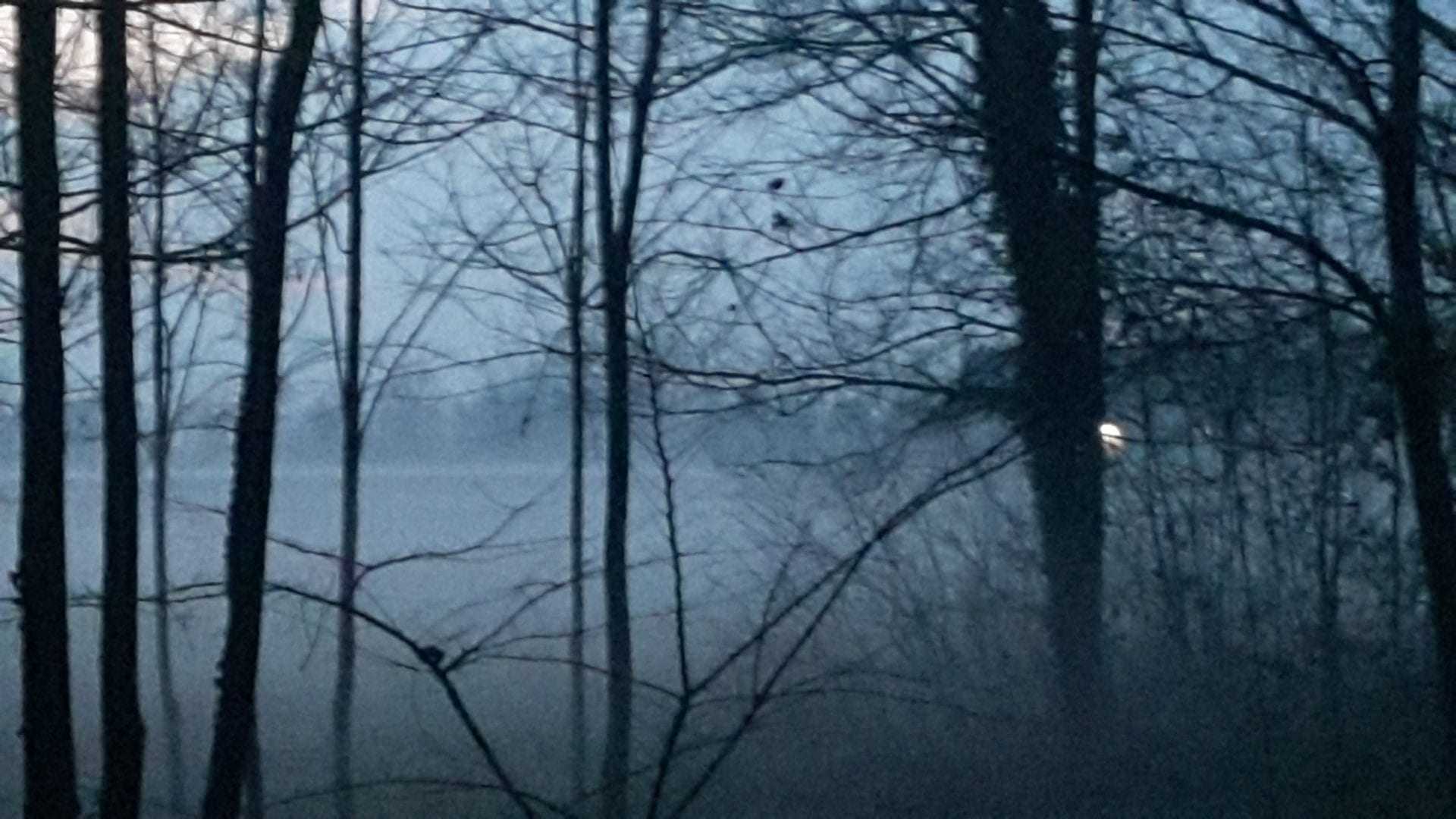
La nebbia
Provate a immaginare le nebbie autunnali, i contorni dei luoghi che si sfumano, i suoni non sono nitidi ma ovattati. L’umidità la fa da padrona, di nuovo e più prepotentemente la sensazione di nuotare nel e attraverso il luogo. Il tempo resta sospeso, non si riesce ad avere la sensazione dell’orario perché il cielo non si vede. Eppure il rumore di sottofondo dell’acqua, di qualche nutria che si tuffa, il battito delle ali dei cigni definiscono i contorni del luogo.
Spesso con le attività di mappatura ci accusano di digitalizzare tutto e di far “impigrire” le persone che si farebbero il loro giretto virtuale senza spostarsi dal divano. Niente di più falso. Puoi vedere il luogo su uno schermo, puoi percorrere un sentiero, ma non puoi sentirlo. Riesci forse a “nuotare” nell’umidità? La sola immagine di un luogo non ne definisce la realtà complessa e mutevole. Sperimentare di persona è la parola d’ordine.
Panta rei, tutto scorre… la realtà è un continuo divenire
